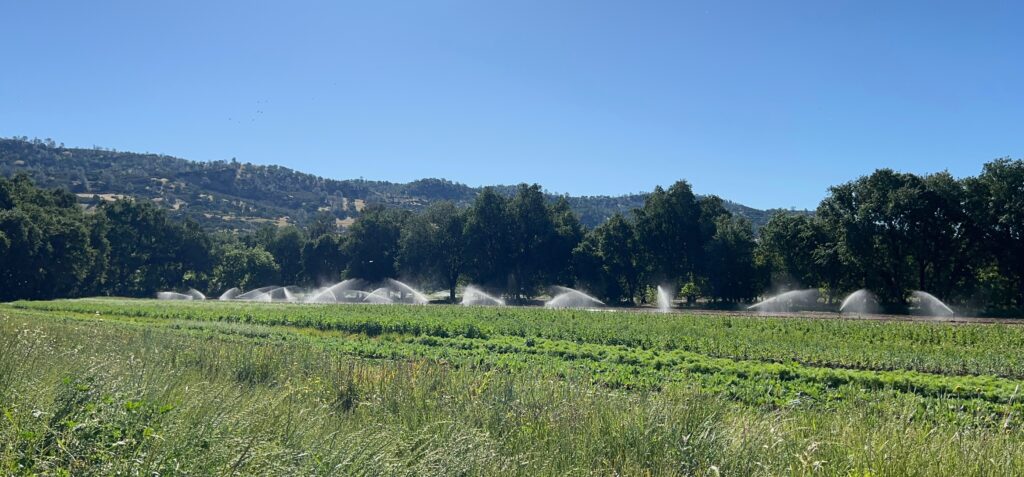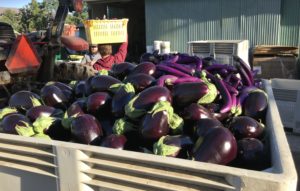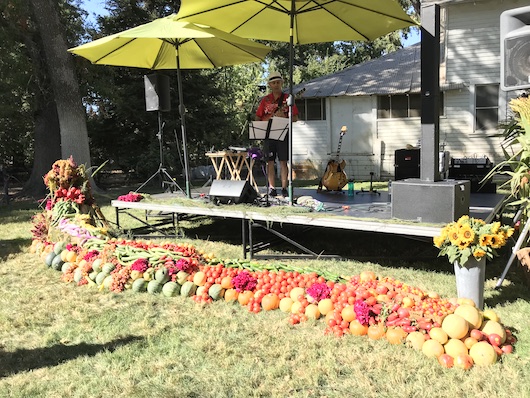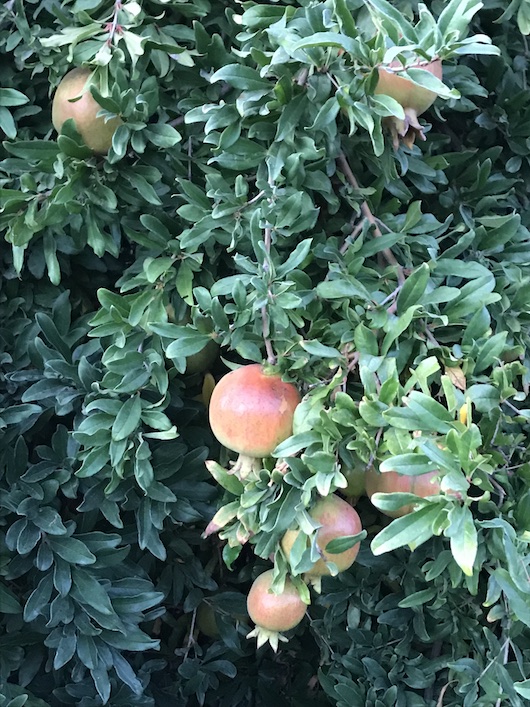Dear CSA members and Full Belly Farm supporters,
This Monday, February 3, our entire field crew of 60 amazing people did not come to work. They joined a nationwide groundswell “Day Without Immigrants” movement hoping to shed light on the economic and social contributions of our immigrant community to the entire US economy.
Our crew chose to stop work for a day protesting the fear and direct intimidation that has been thrust upon the entire immigrant and in particular the Hispanic community. The dehumanizing and inflammatory rhetoric characterizing all brown-skinned people as suspect criminals is overtly racist and destructive to an entire national community of people who work in our kitchens, clean hotels, care for elderly, milk cows, are ’dreamers’, or pick oranges and vegetables.
[Read more…]








 Food “waste,” or food production?
Food “waste,” or food production? 